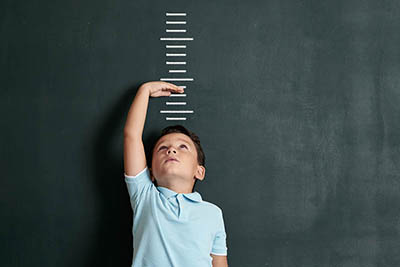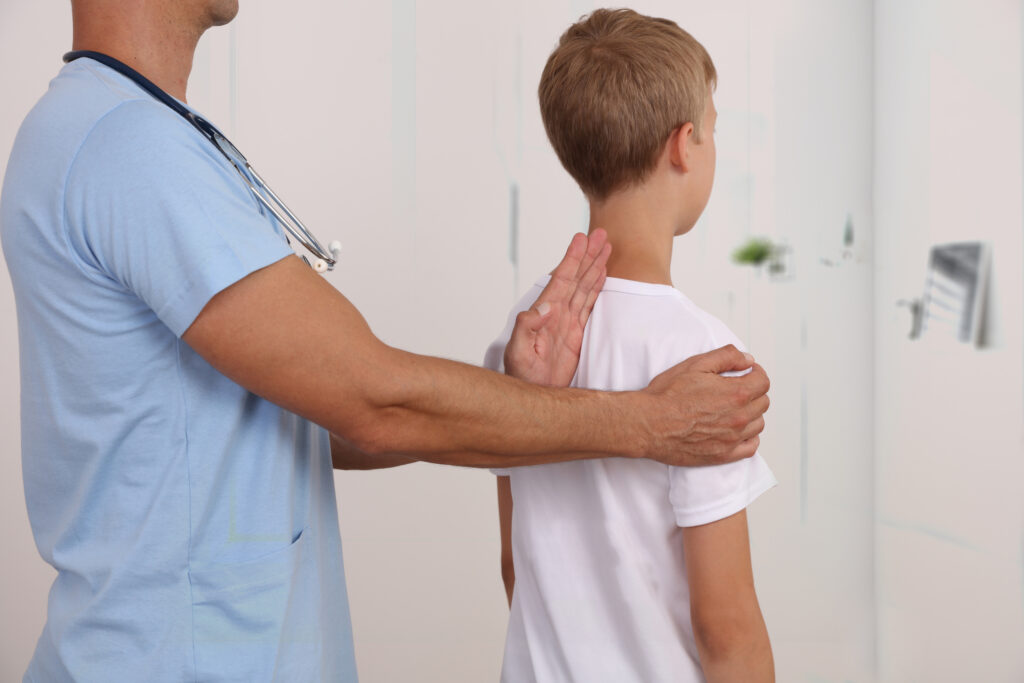By Dr. Friedman
Youth sports has become a phenomenon in the U.S. Children are playing competitive sports at a younger age and many are three- and four-season athletes. Whether they play a variety of competitive sports, or are keenly focused on a single sport that requires play or practice 10 or 11 months out of the year, our children are on the field or court more than ever.
While the promise of accolades, college scholarships, and the aspiration to play professionally have real allure, developing young athletes risk pain and potentially long-term damage to their growth plate. This is borne out in the increasing number of sports-related injuries in younger children we are seeing in our pediatric orthopedic practice.
What are growth plates?
These are the softest and weakest sections of the skeleton (sometimes even weaker than surrounding ligaments and tendons) and are located near the ends of a child’s bones. While an injury to an adult might cause a sprain, such an injury can cause a growth plate fracture in a child. The growth plate of a young child is naturally weaker than bone.
Who is affected?
Skeletally speaking, young athletes are immature, given their growth plate. Further, their bones are still growing and those, too, are still not as strong as those of older teens or young adults. Despite this, many young, growing athletes possess the strength of a much older child or young adult.
We are seeing injury to growth plates in children as young as 8 or 9 years old, and it affects boy and girl athletes equally. The risk of injury to the growth plate diminishes in early-to-mid teens for girls and mid-to-late teens for boys.
What does injury to my child’s growth plate look like?

A child will complain of pain or tenderness in the area of their growth plate: the pain may start only after participation in the sports activity, but continued overuse will cause him or her to feel pain DURING the activity. Ultimately, they may end up feeling pain at the site of the growth plate during activities in daily life as the pain progresses.
This may mean that the child is unable to move the affected area or put weight on the limb. Warmth and swelling at the end of a bone near the joint may also occur. If the child sustains a fracture at his or her growth plate, this can also affect the layer of growing tissue near the ends of the bones.
Growth plate fractures in young athletes typically require immediate treatment by a pediatric orthopedist because they can affect how the bone will grow; failure to treat the fracture properly can cause the fractured bone to become crooked or end up shorter than its opposing limb.
With proper treatment, however, most growth plate fractures heal without complications. And the good news is, fracture healing in children generally does not require surgery, and the recovery is usually much quicker than in adults. In rare instances, these injuries can result in a fracture that requires surgical treatment if the growth plate becomes weak enough.
Pain Treatment
The best advice is to have your child stay off the field or court for a while. Over-the-counter anti-inflammatory medications such as those with acetaminophen, ibuprofen or naproxen can alleviate your child’s pain.
Then, consider a gradual return to sports activity for your child; don’t allow them pick up where they leave off. Don’t worry that they won’t perform at the level they previously performed at prior to the injury; the benefit of time away from the sport far outweighs any incremental or perceived improvement they would gain by returning to the sport earlier.
Injury Prevention
Stretching before playing a sport is a good way to prevent injury but often goes to the wayside. Some children don’t need to stretch as much as others before they participate in a sport, but in general, it is a good habit for young athletes to get into from an early age.
Parents may also consider giving their growing athlete a vitamin D supplement with calcium to support bone health, as well. Vitamin D deficiency is rampant among young athletes in this part of the country, due in part to the weather, COVID-19 mask requirements that block out the sun, and the seemingly relentless focus on phones, gaming and other technology among children. Vitamin D is also harder to get into our diets; although found in leafy greens and salmon, for example, these foods are not found on all children’s dinner plates.
But the most important step a parent or caregiver can take in helping to prevent growth plate injury is to allow children to rest and sit out playing sports for at least a few months a year. Taking a break from their sport does not imply doing nothing in terms of physical activity—it just means taking on activities that require different motions and expectations from your child’s body.
Ultimately, it is about striking a balance. While youth sports have become big business (think of full-time paid coaches, holiday break and summer sports camps, and year-round training in indoor facilities), our culture suggests to many that if your child is not playing sports 10 or 12 months a year, they will be left behind.
Kids need rest.
And like the old fable of the tortoise and the hare, letting younger athletes take more time to rest avoids burnout, so that they have a better chance of playing for more years into college and beyond.




